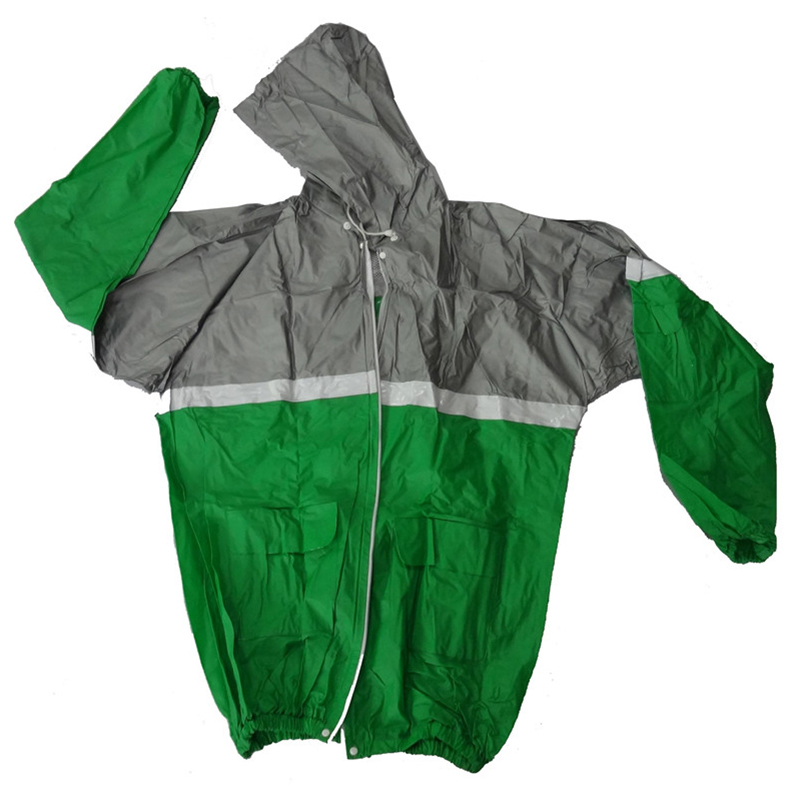Jul . 27, 2024 09:02 Back to list
Suppliers of Pet Cadaver Bags for Safe and Humane Animal Remains Transportation and Disposal
Understanding Pet Cadaver Bags A Guide to Suppliers and Their Importance
In the realm of veterinary care, animal husbandry, and pet management, the need for humane and proper handling of deceased animals is paramount. Whether it is a beloved pet that has passed away or an animal that has been sourced for research, the use of pet cadaver bags is essential. These specialized bags not only assist in the respectful transportation and storage of deceased animals but also comply with health and safety regulations. This article will explore the importance of pet cadaver bags, their features, and considerations when looking for reliable suppliers.
Why Pet Cadaver Bags Matter
Pet cadaver bags serve a critical function in mitigating the risks associated with the handling of deceased animals. The appropriate handling of cadavers is crucial to prevent the spread of zoonotic diseases—diseases that can be transmitted from animals to humans. Furthermore, the practice of using cadaver bags aligns with ethical considerations, ensuring that pets are treated with dignity even after death.
These bags are commonly utilized in various settings, including veterinary clinics, animal shelters, research laboratories, and even by pet owners. They offer a sanitary and odor-proof environment that minimizes the risk of contamination and environmental impact. Additionally, cadaver bags can aid in the safe transport of deceased animals to crematoriums or burial sites.
Features of Quality Pet Cadaver Bags
When searching for pet cadaver bags, there are several features one should consider. Quality bags typically offer
1. Durability Pet cadaver bags are constructed from heavy-duty materials that can withstand the weight and size of the animal, as well as potential punctures or tears. Waterproof or leak-proof features are essential to contain any fluids and prevent leakage during transport.
2. Size Variability Different animals require different bag sizes. Suppliers often provide various options to accommodate pets of all sizes—ranging from small dogs and cats to larger breeds.
3. Sealable Closure A good cadaver bag should have secure sealing mechanisms, such as zip locks or robust drawstrings, to ensure that the body is enclosed safely and hygienically.
pet cadaver bags suppliers

5. Biodegradable Options With increasing awareness of environmental issues, many suppliers now offer biodegradable cadaver bags, which provide an eco-friendly alternative to traditional plastics.
Finding Reliable Suppliers
When it comes to sourcing pet cadaver bags, it is essential to partner with reputable suppliers. Here are some tips for selecting the right provider
- Research and Reviews Look for suppliers with positive reviews and a track record of providing quality products. Online forums, veterinarian recommendations, and customer testimonials can help guide your decision.
- Product Variety The best suppliers will offer a range of products, catering to different needs, sizes, and budgets. This variety allows you to choose the most appropriate options for your specific requirements.
- Certification and Compliance Ensure the supplier adheres to health and safety regulations. Certifications can inform you of the quality standards maintained in their manufacturing processes.
- Customer Support A reliable supplier should offer excellent customer service, including advice on product selection, ordering, and after-sales support.
Conclusion
In conclusion, pet cadaver bags play an invaluable role in ensuring the respectful handling of deceased animals. Their significance extends beyond veterinary practices to encompass pet owners and researchers. When seeking quality cadaver bags, it is crucial to choose a reputable supplier that prioritizes durability, safety, and environmental responsibility. By doing so, all parties involved can ensure that their pets continue to be treated with the care and dignity they deserve, even in death.
-
PVC/PEVA Sleeves: Durable Protection for Workshop & Labour Safety
NewsAug.19,2025
-
Waterproof Kid Apron with Sleeves: PEVA/PVC for Painting Fun!
NewsAug.18,2025
-
36x90" Double Zipper Post Mortem Bag - Secure & Reliable
NewsAug.17,2025
-
Waterproof PVC/Vinyl Work Apron - Heavy-Duty Protection
NewsAug.16,2025
-
Heavy Duty Post Mortem Bag - 36x90, Double Zipper
NewsAug.15,2025
-
Durable PVC Vinyl Work Apron - Waterproof for Workshop
NewsAug.14,2025





